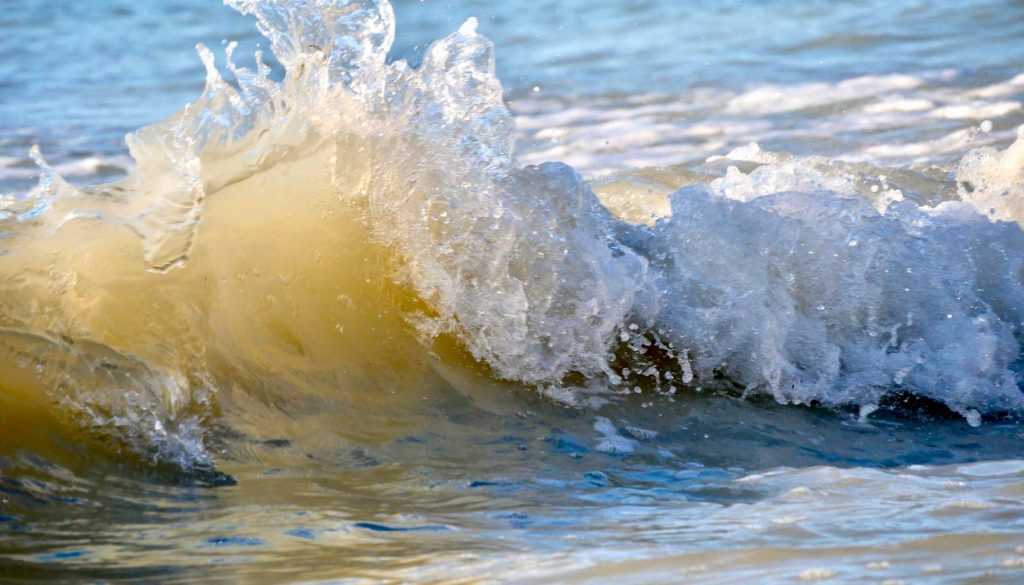The history and culture of Key West can be found everywhere. As you stroll down Whitehead Street you will pass the Hemingway and the Lighthouse Museum, the Custom House, the Shipwreck Museum – there is so much to learn about Key West’s history and the culture that makes this island appealing for everyone.
African Slave Cemetery (1000 Atlantic Blvd.) Located on Higgs Beach, this burial site memorializes 295 Africans who died on the shores of Key West after being rescued by the US Navy in 1860 and diverted the ships to Key West. The grave site is marked by pillars that are carved with symbols of West African proverbs.
Audubon House & Tropical Gardens (205 Whitehead St.)
The beautiful garden offers visitors a lush 1-acre view of orchids, bromeliads, and other tropical foliage, an herb garden and 1840-style nursery. The house, which is a restored three level Captains home, has many antique furnishings purchased from estate sales and auctions in Europe. The gallery features a unique collection of Audubon art and prints including the limited edition of Birds of the Florida Keys.
East Martello Museum (3501 South Roosevelt Blvd.) Located across from Smathers Beach by the Key West airport, this Civil War watch tower was constructed in 1862 by the US Army to defend against a possible Confederate attack by sea. Visitors can explore the preserved collection of Civil War relics, learn about the early days of wrecking and cigar making and view a collection of sculptures by artist Stanley Papio. And do not miss meeting the ‘ghosts of East Martello,’ and see the famous Robert the Doll.
Ernest Hemingway Home & Museum (907 Whitehead Street) Visit the home of Ernest Hemingway, who lived and wrote in Key West for more than a decade. Hemingway loved the water off the Florida Keys and traveled and lived for many years of his life between Key West and Cuba (only 90 miles away). Do not miss taking a tour of his Key West home and learn about the most prolific period of his Nobel Prize writing career. Visitors will also see the famous 6 toes cats that freely roam the grounds.
Historic Seaport Harbor Walk (William St. to Greene St.) Known as the Key West Bight, you can walk along the meandering wooden walkway along the harbor that winds from above the foot of William Street to Greene Street. This area was a working fishing harbor until about 20 years ago and this was where the shrimp boats docked and the fishermen un-loaded their catch. Now you will pass marinas, an eclectic array of island shops, restaurants and unique bars. This is the area where you will likely leave for a sunset cruise, snorkel trip, or dive boat.
Key West Aids Memorial (1000 Atlantic Blvd.) Located on the White Street Pier, the Memorial is a tribute to the people who have died of aids. There are over a thousand names inscribed into the monuments at the walkway approaching the White Street Pier that overlooks the Atlantic Ocean.
Key West Cemetery (701 Pauline St.) The Key West Cemetery is a 19-acre cemetery at the foot of Solares Hill and it is estimated that as many as 100,000 people are buried there. It is well worth a stroll through this historic landmark and check out the interesting grave markers and the U.S.S. Maine Memorial Site.
Key West Lighthouse & Keepers Quarters Museum (938 Whitehead St.) The current lighthouse opened in 1848 with a woman as its keeper (nearly unheard of in the 19th century). In the following years, the lighthouse underwent several upgrades and added the Keeper’s Quarters and finally the electrification of the light. Now it stands as a reminder of Key West’s maritime heritage. Visitors can walk up the 88 steps to the top of the light and explore the photos and memories of the lighthouse Keepers and their families.
Tennessee Williams Museum (513 Truman Ave.) Tennessee Williams, one of America’s foremost playwrights, called the island of Key West ‘home’ for over thirty years (1941 until his death in 1983). In 1950 he bought the house at 1431 Duncan Street that was his home for 34 years. Visitors to our city and locals are invited to tour this educational and historic exhibit. They can enjoy and learn about Williams’ literary accomplishments and life in Key West through an extensive collection of photographs, first edition plays and books, rare newspaper and magazine articles, videos, a typewriter used by the author while writing in Key West and other artifacts on display.
The Custom House (281 Front St.) this four-story incredible work of architecture, built in 1891, originally served as Key West’s custom office, postal service, and court house. It was built to keep up with the increasing population when maritime wrecking made Key West the richest city, per capita, in the U.S.A. Today it stands proudly as a museum and the home of the Key West Art and Historical Society.
The Harry S. Truman Little White House (111 Front St.) The Little White House is the State of Florida’s only presidential site. It was originally constructed in 1890 as naval officers housing and has had several famous visitors including Thomas Edison and several Presidents. And it was the winter White House of Harry Truman who spent 175 days of his presidency here from 1946 through 1952. Truman faced the rebuilding of Europe, the Palestine question, issues of Civil Rights and our response to the Cold War. Visitors can enjoy a guided tour and will see original furniture, photos and memorabilia from the Truman period.
The Key West Shipwreck Museum (1 Whitehead St.) This museum, which is a recreation of a 19th century warehouse, combines actors, films and actual artifacts to tell the story of 400 years of shipwreck salvage in the Florida Keys.
The Oldest House Museum (322 Duval St.) Built in 1829, the oldest house in Key West features family portraits and original furnishings, as well as other period pieces, ship models, and documents telling the story of old Key West. In the rear of the house is a spacious, peaceful garden, where benches invite you to sit and reflect. There, you will see the only surviving Cook House in South Florida.
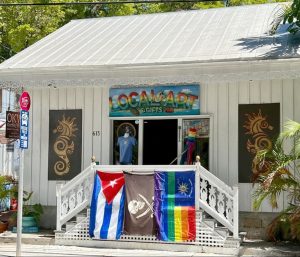
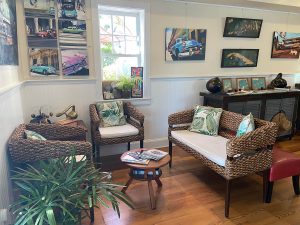
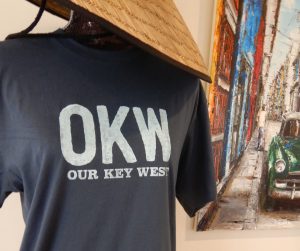





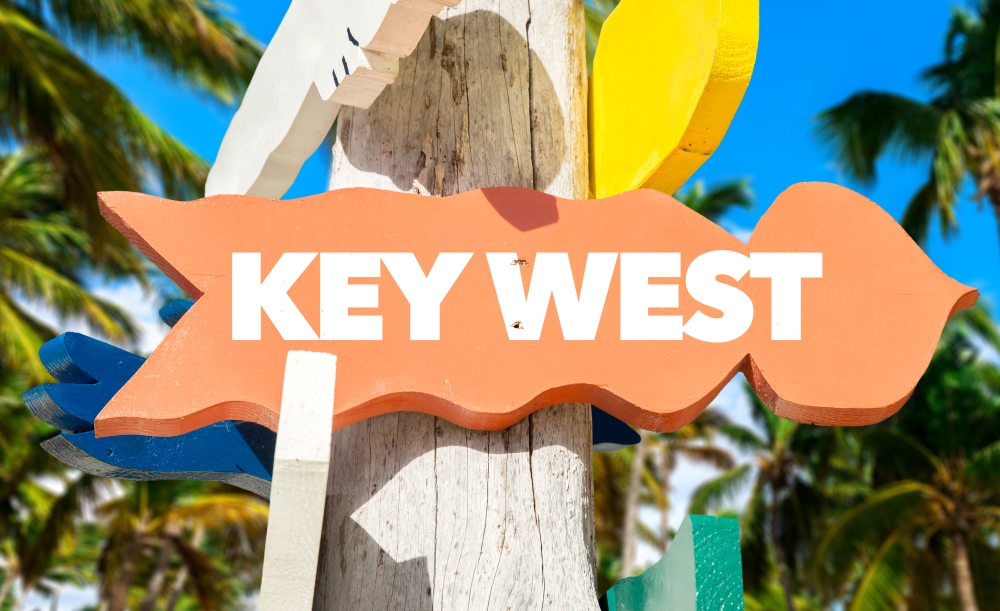

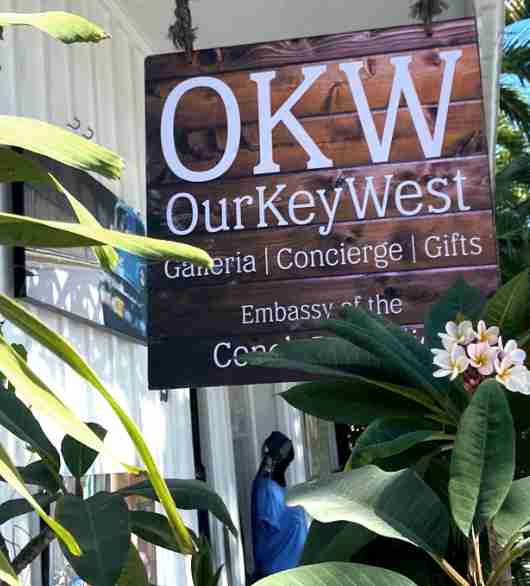
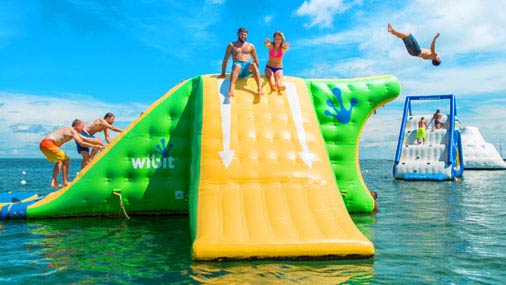


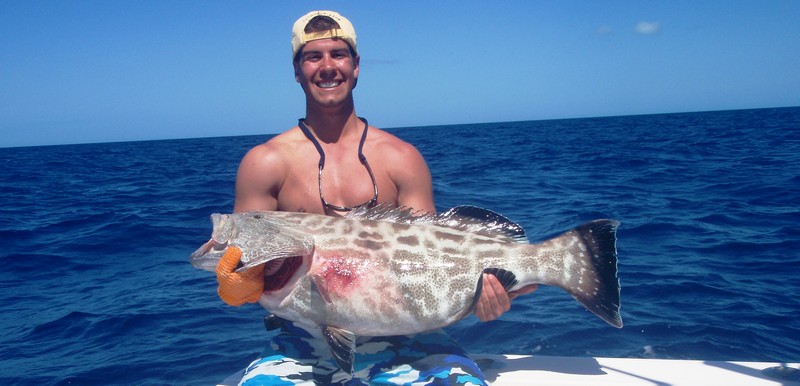
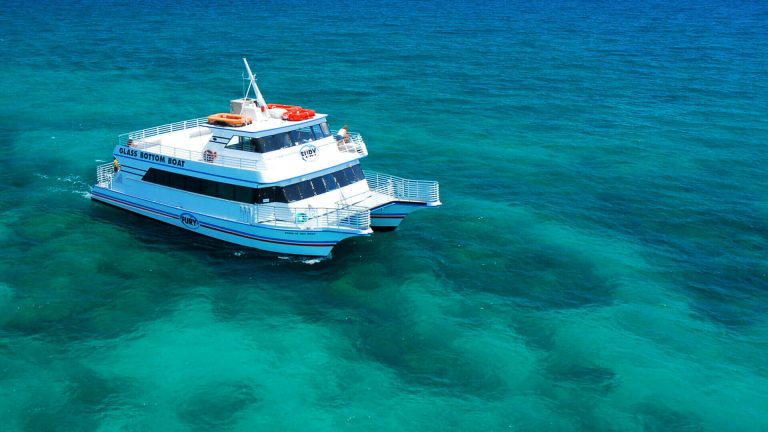
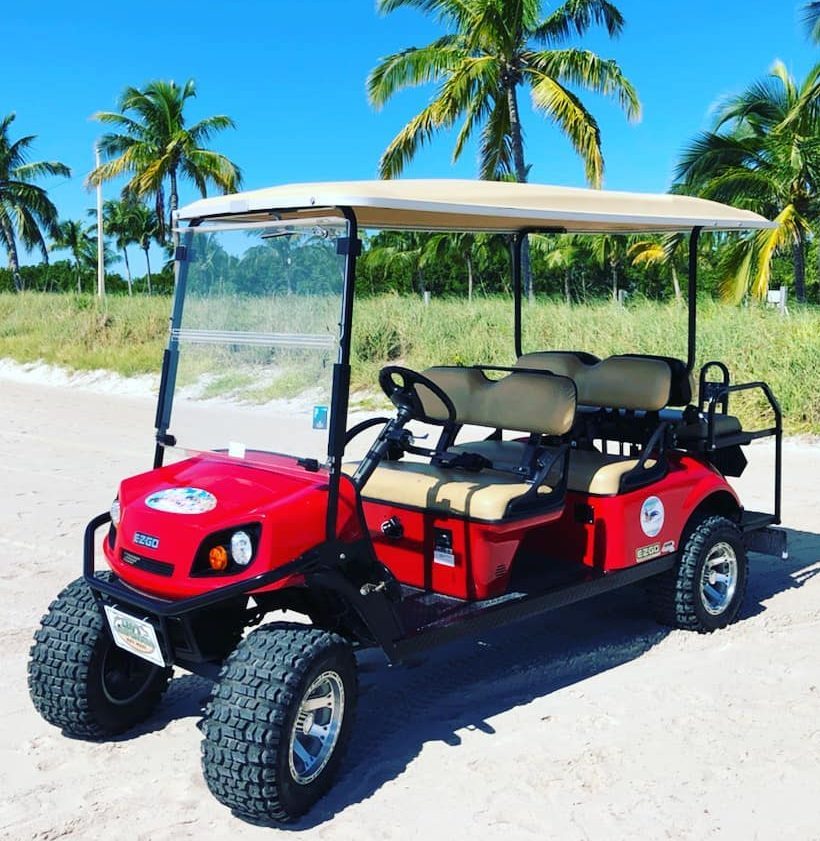
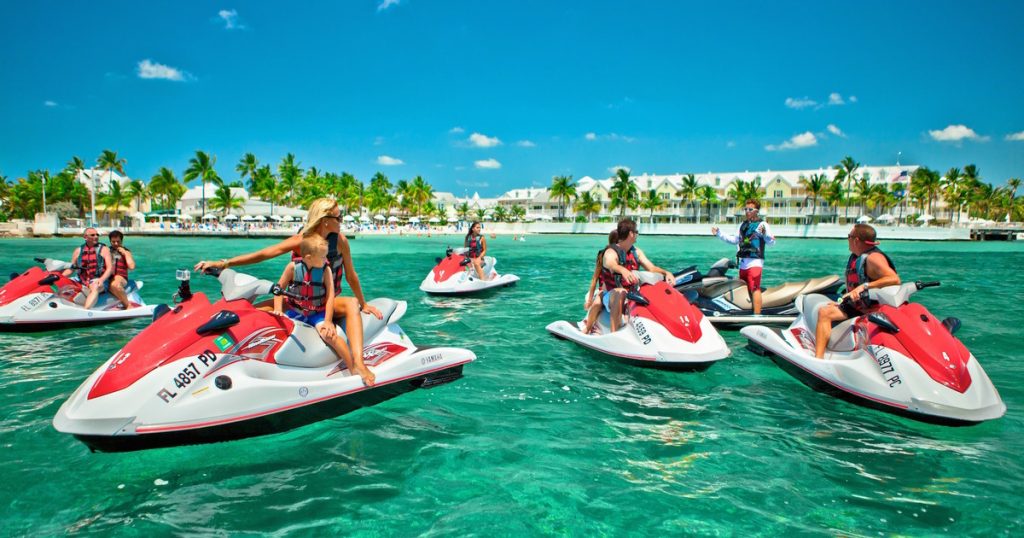


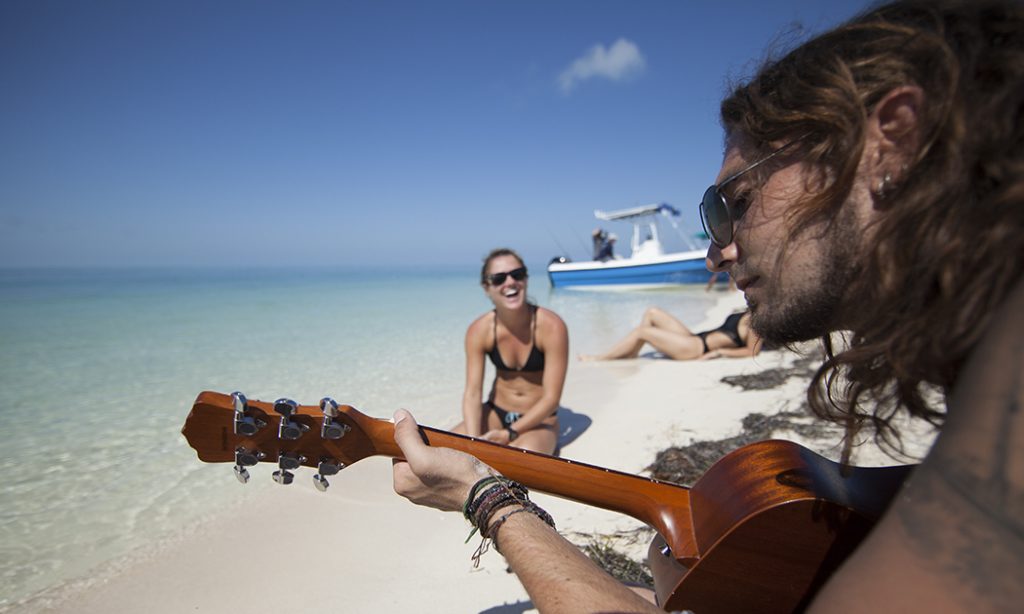
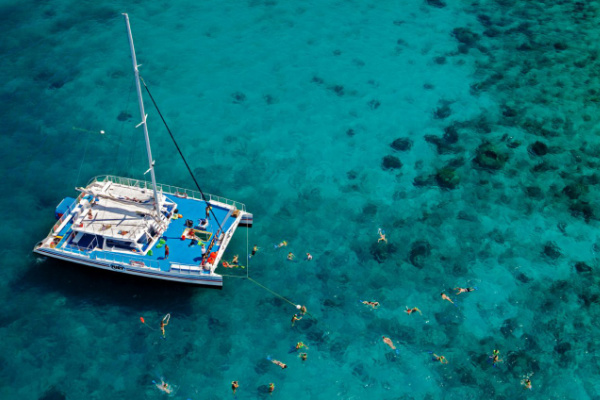
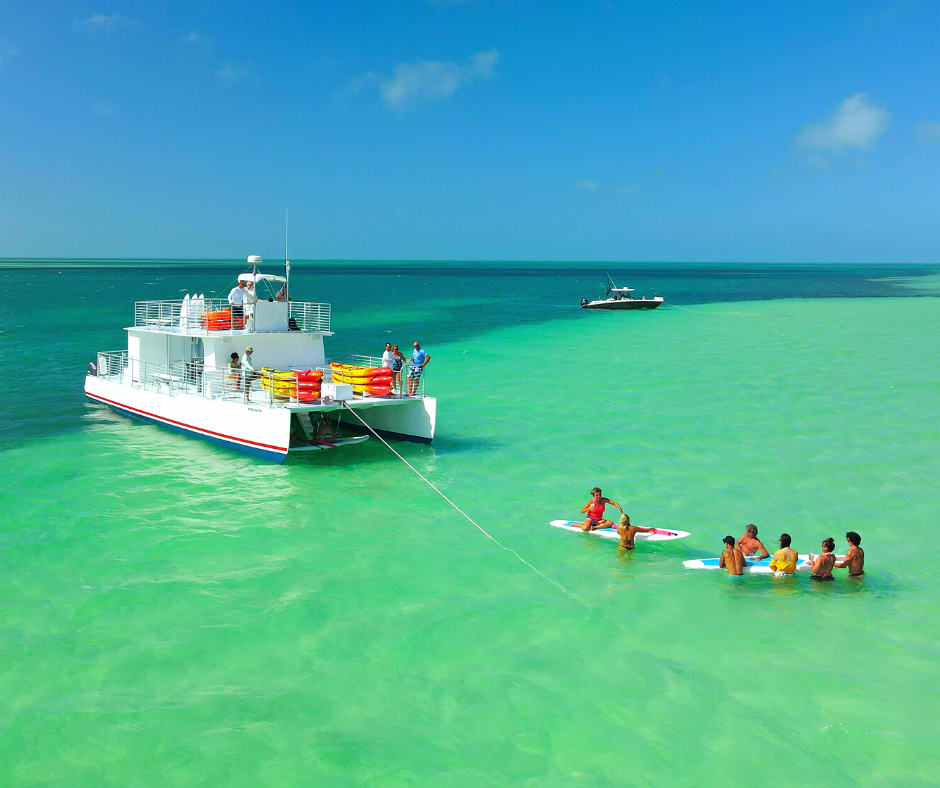
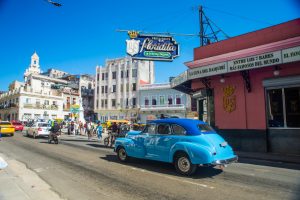
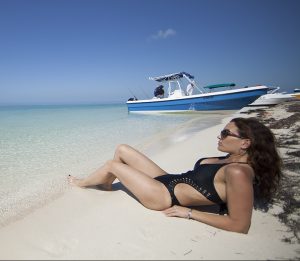
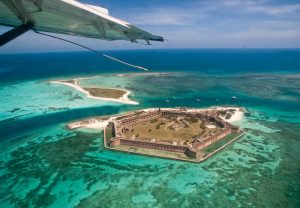
 Plan Your Visit
Plan Your Visit Call Us
Call Us Message
Message Email Questions
Email Questions
